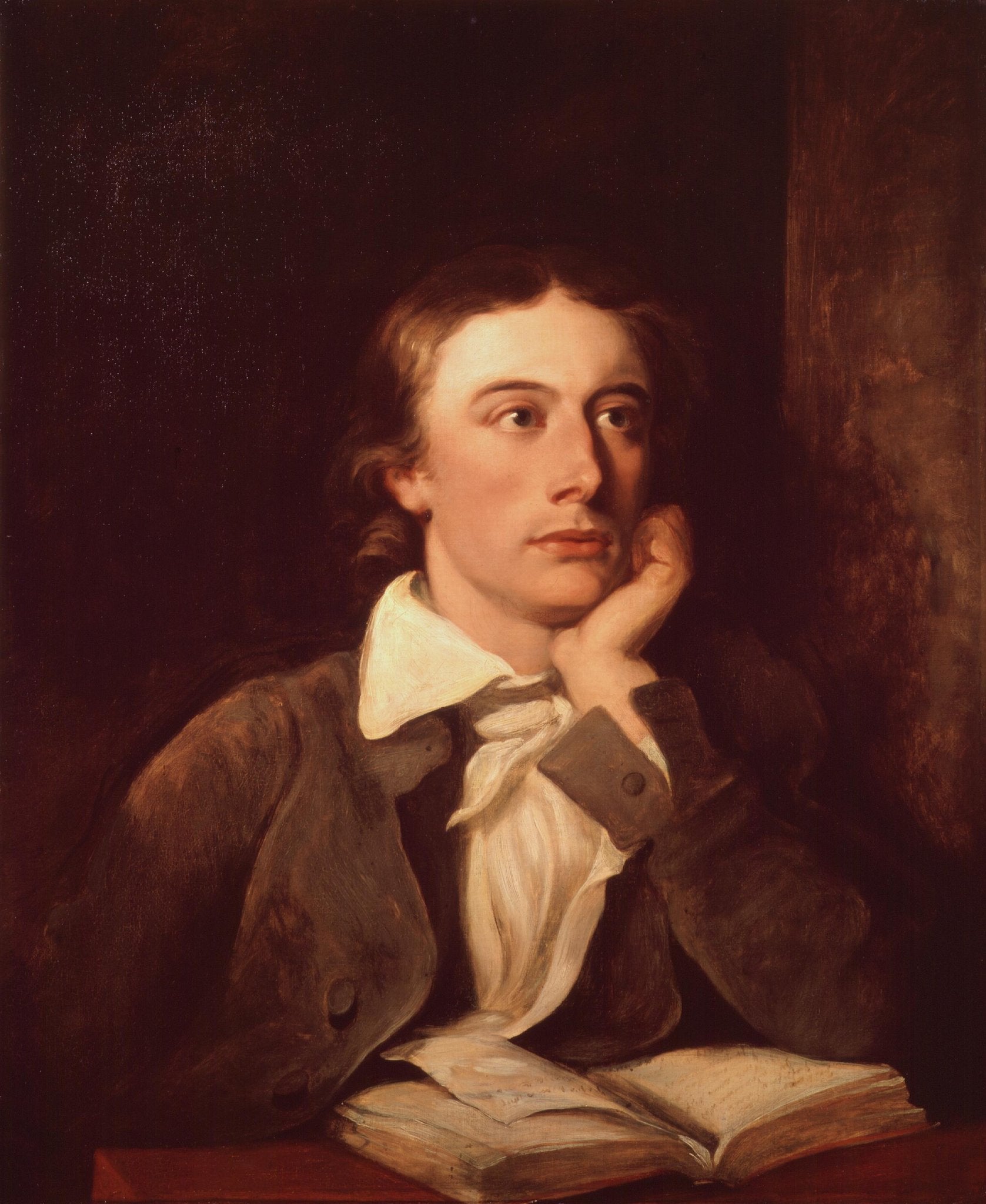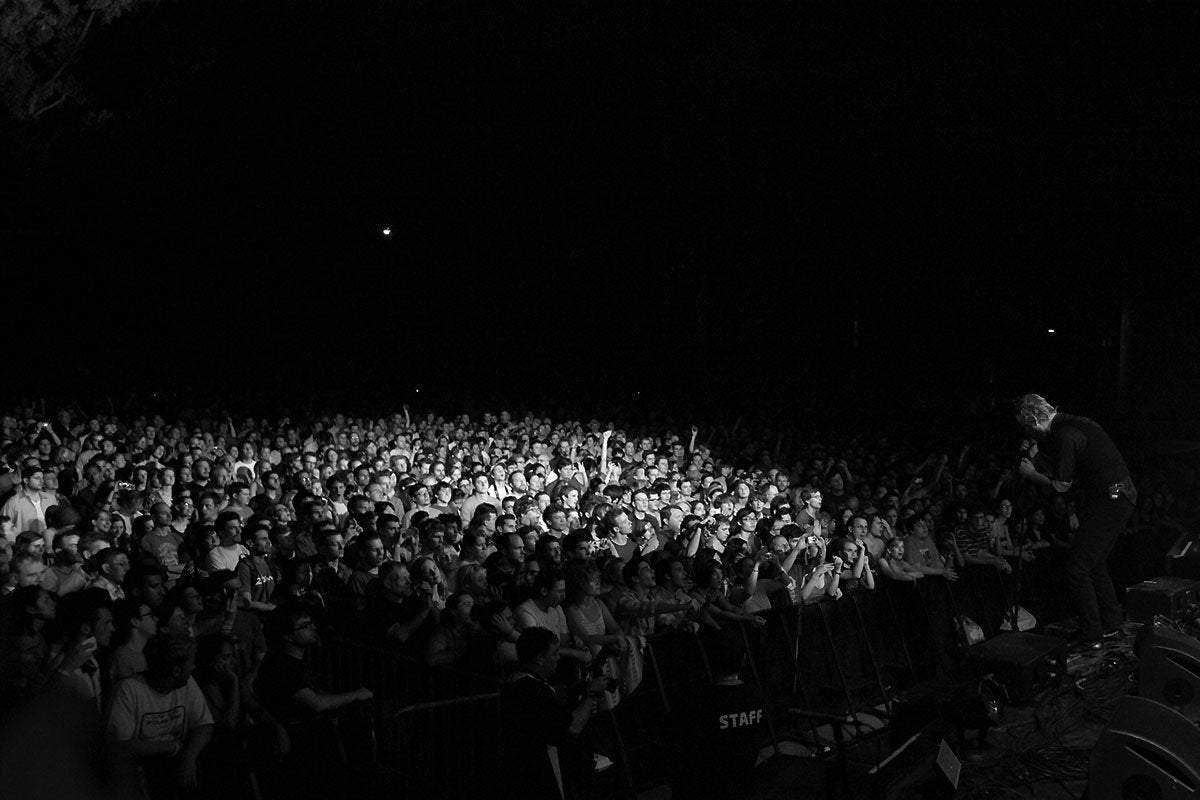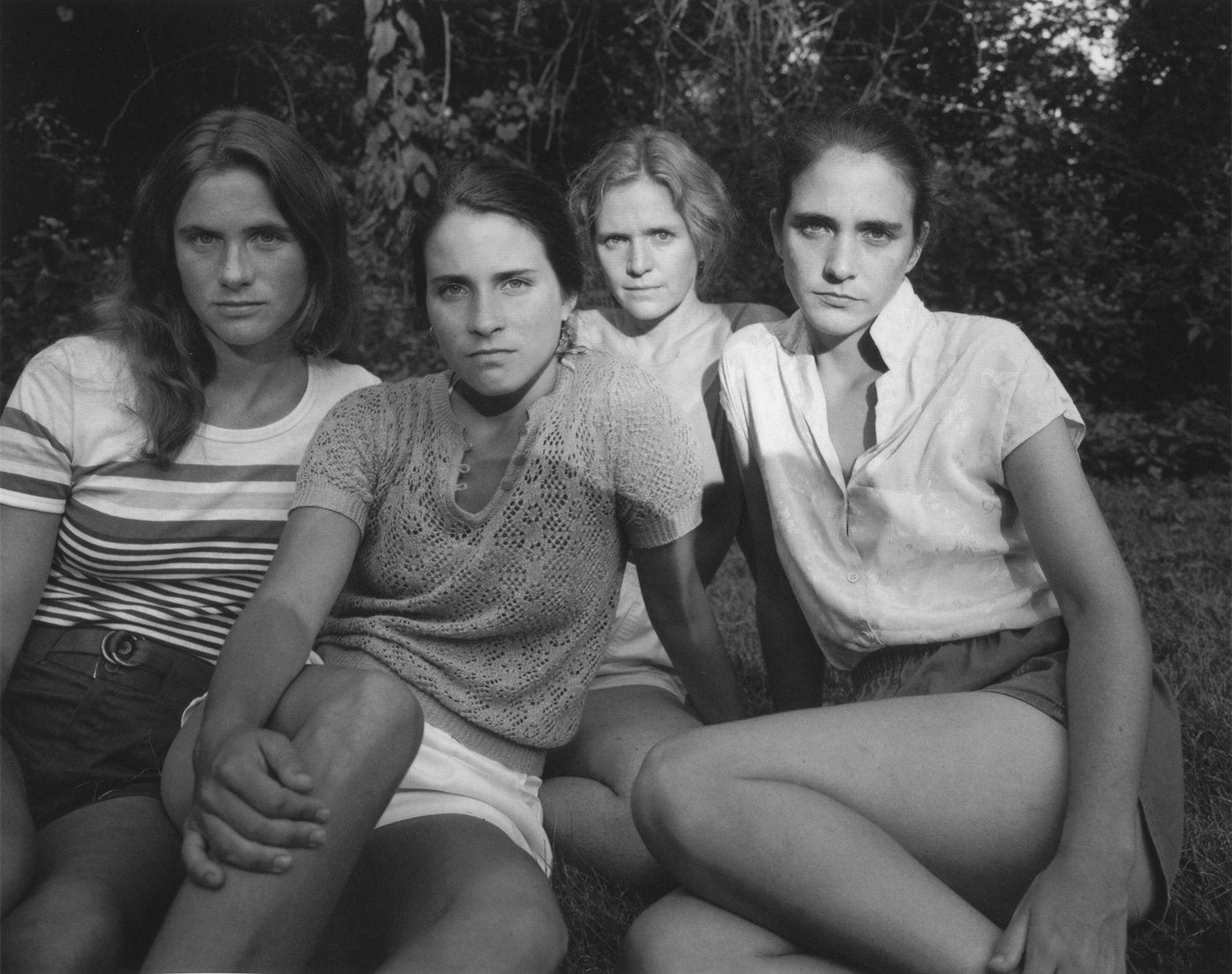
The heart is attached
Back when I was an undergrad, the College of Liberal Arts & Sciences of the University of Illinois required of me the completion of at least one course that qualified as “non-Western culture.” I took the class in Zen Buddhism because it was generally known to have a cool professor and to be relatively interesting. Both of those things turned out to be true, and I’ll be damned if I didn’t learn something that's stuck with me all these years.
That one semester was all the exposure to Zen that I ever had, so allow me to mangle a couple interrelated concepts – non-attachment and no-judgment – to tell you what I dig about their implications. Basically, one gets closer to enlightenment by overcoming the desire to possess things. “Possess” here meaning not only physically. And it’s easier to get past attachments if you can let go of thinking that things have any sort of inherent attributes. To wit: a thing is neither essentially good nor bad, virtuous nor evil, beautiful nor ugly.
In Case 21 of the Mumonkan (Gateless Gate), “A monk asked Unmon in all earnestness, ‘What is Buddha?’ Unmon said, ‘Shit-Stick.’” By the end of that Zen class, it was easy to write a ten-page paper based on that exchange alone. Here's the boiled-down version: the monk is deeply attached to the idea that Buddha is an exalted figure, but his teacher perversely equates the Buddha with the equivalent of toilet paper. The rest of the story was that the insight that struck the monk caused him instantly to achieve a new level of enlightenment. In Mumon’s commentary on the Case, he writes: “Suddenly [Unmon] took up the shit-stick to support the gate (of Buddhism).”
Way more than most classes I ever took, that one left me with something pretty valuable. (Although I suppose I am erring by even assigning positive value to non-attachment? Whatever; at heart, I am an American atheist.) It freed me up to calm down about pretty much everything. Which is I think sort of the main idea of Zen: to just chill the fuck out, yo.
Anyway, this little reminiscence of college days was triggered by something that the really truly wonderful photographer John Myers said, which is: “The world is not beautiful – it is there.”1 When I write, separately and soon, on this man’s work, I will certainly gnaw on that observation in relation to his pictures. But for now I want to tell you that Myers sort of played Unmon to my monk when I thought about it.
Because my initial reaction was, yes, of course, Myers was right, and I was at that moment returned Proust-like to my junior year in college. Which story was my lede. But a problem arose when I realized that I do think that the world is beautiful. Or to be more precise: often when I release the shutter on a camera, I say in my head “that’s beautiful.”2 And I don’t make pictures of rainbows or sunsets or anything like that, in case you’re wondering.
But so am I guilty of judging? (An aside: I have zero problem with concluding that a photograph, or a painting or a piece of music, is beautiful. I am talking strictly about the world. Or – shit! – is it really “the world” anymore when I’m seeing it through the viewfinder or on the ground glass? Big questions for a parenthetical aside.)
One answer might lie in the sequence of events. I wonder if it might be OK to find beauty, just not to search for it. Simone Weil3 (who clearly would have aced that Zen class) wrote of detachment:
Attention consists of suspending our thought, leaving it detached, empty and ready to be penetrated by the object. It means holding in our minds, within reach of this thought, but on a lower level and not in contact with it, the diverse knowledge we have acquired which we are forced to make use of . . . Above all our thought should be empty, waiting, not seeking anything, but ready to receive in its naked truth the object which is to penetrate it. All wrong translations, all absurdities in geometry problems, all clumsiness of style and all faulty connection of ideas . . . all such things are due to the fact that thought has seized upon some idea too hastily and being thus prematurely blocked, is not open to truth. The cause is always that we have wanted to be too active; we have wanted to carry out a search. (italics mine)4
To be sure, I have spent much of my picture-making life wanting to be too active, to carry out a search. But there are those rare and wonderful occasions when I don’t feel prematurely blocked. Just like the moment that Virginia Woolf, in The Waves, “lent over a gate that led into a field, [and] the rhythm stopped; the rhymes and the hummings, the nonsense and the poetry. A space was cleared in my mind. I saw through the thick leaves of habit. Leaning over the gate I regretted so much litter; so much unaccomplishment and separation.”
When the thick leaves of habit are pushed aside, when the nonsense and the poetry (wow) disperse, then with a clear mind we may be open to beauty. Or, as Weil says instead “open to truth.” Beauty and truth; truth and beauty. That earth has been tilled before, no?
I’ve spent even less time with Keats than I have with Zen Buddhism, so things would get ugly here pretty quickly if I were left to my own devices. Fortunately for both of us, I have recently taken up with the very generous literary criticism of Lionel Trilling, whose essay “The Poet as Hero: Keats in His Letters” offers instructive insight, even if it hasn’t entirely solved my conundrum.
“Ode on a Grecian Urn”5 sounds almost magically unimpeachable to a middle schooler who’s first encountering it, but like most undergraduates, I didn’t invest its famous aphorism with much seriousness after age 18. Trilling’s piece is an attempt to set me (us) to rights: “Beauty was not for Keats, as it is for many, an inert thing whose value lay in having no relevance to ordinary life: it was not a word by which he evaded, but a word by which he confronted, issues.”
Trilling explains that, in his letters, Keats asserted that the great poet sees the tragedy of life “so intensely that [evil] becomes an element of the beauty which is created by his act of perception,” which sounds unobjectionable to me, but I’m really not all that concerned with the incorporation of evil into the theory. Because the “beautiful/ugly” dichotomy is the only aspect of judgment to which I regularly fall prey, and even then, it’s only on the beauty side. I don’t ever find myself thinking anything to be ugly. (Although I come close when I catch a rare glimpse of reality television. I’m not saying this to be amusing.) But I need to explain that chain of argument about the tragic to get to where Trilling really pays off:
To see life in this way, Keats believes, is to see life truly: that is, as it must be seen if we are to endure to live it. Beauty is thus a middle term which connects and reconciles two kinds of truth – through the mediation of beauty, truth of fact becomes truth of affirmation, truth of life. For we must understand about Keats that he sought strenuously to discover the reason why we should live, and he called those things good, or beautiful, or true, which induced us to live or which conduced to our health. (He had not walked the hospital wards for nothing.)
I’ll give you a second to relieve that catch in your throat induced by what has to be the heartbreakingest parenthetical ever. Those italics are mine, because I have found those words helpful in attempting to reconcile my desire to not judge with my seemingly inescapable feeling at the moment of picture-making. With your leave I wish to change a word – to mess with things a little – and leave you with this:
through the mediation of the camera, truth of fact becomes truth of affirmation, truth of life
1. Eugénie Shinkle, “Something in the Air: The Landscape Photography of John Myers”
2. You do this too, right? Or something similar? Sheesus I hope so, because it feels so good it feels like transcendence, like everything’s alright. I have this crazy thing where when stuff like this happens to me all I can think of is “Sunshine on My Shoulders” and that line where John Denver longs to share his love but can’t find the form that could wholly contain it, the sharing vessel, and so is left with merely imagining that “If I had a song that I could sing for you, I'd sing a song to make you feel this way.”
3. Quoth Flannery O’Connor: “I think myself that Simone Weil is a trifle monstrous, but the kind of monstrosity that interests me.”
4. That diverse, acquired knowledge that Weil allows for (but only if it stays out of active contact with the attentive mind) was the subject of a previous essay called “On cultivation.”
5. Trilling calls the poem “Ode to a Grecian Urn,” and I have to imagine there is much and strenuous academic debate around that little preposition.



